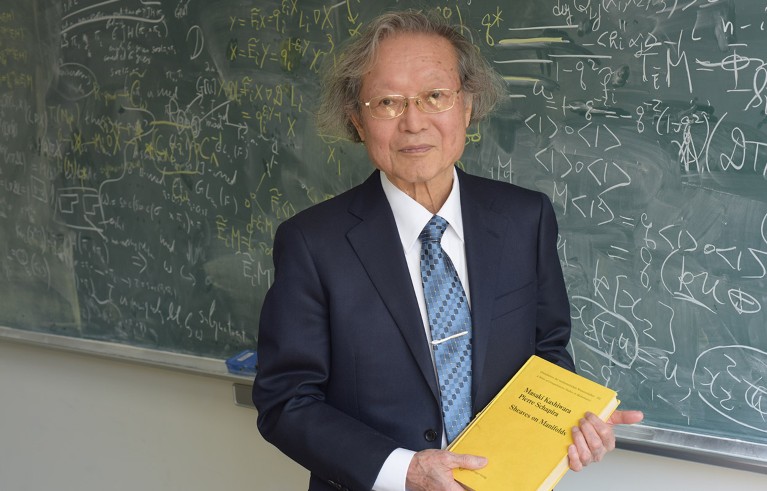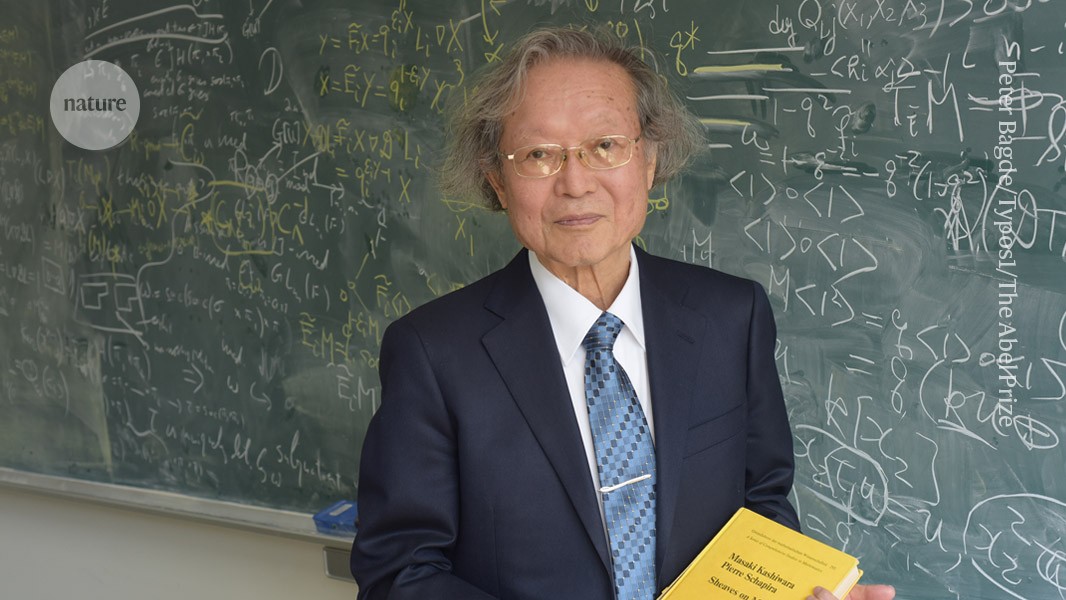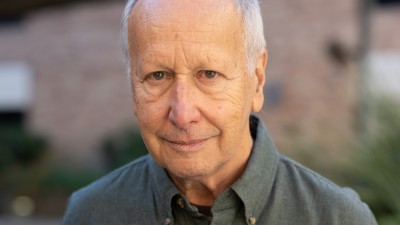
Masaki Kashiwara’s work spans distant mathematical disciplines.Credit: Peter Bagde/Typos1/The Abel Prize
Mathematician Masaki Kashiwara has won the 2025 Abel Prize, the Norwegian Academy of Science and Letters announced today.
Kashiwara is known for building bridges across seemingly distant branches of mathematics. In particular, he developed algebraic tools to solve tough problems such as differential equations, and he greatly extended the scope of the mathematical theory of symmetry known as representation theory. “He is a master in combining tools from geometry, algebra and analysis to obtain new insights and combinations,” says mathematician Helge Holden, who chairs the Abel Committee.
He is the first Japanese national — and the first person based outside North America, Europe or Israel — to win the prize, which is one of the highest honours for a mathematician. Kashiwara told Nature that he was surprised to find out he had won. “I was just asked to attend a Zoom meeting. I didn’t know what was the subject of the meeting,” he says.
Mathematical mastery
Kashiwara, 78, was born in Yuki, near Tokyo, and studied at the University of Tokyo and at Kyoto University. He has been at Kyoto University’s Research Institute for Mathematical Sciences (RIMS) since 1978.
Some of his most celebrated work focuses on the theory of representations, which has its origins with the mathematical concept of a group — a set of symmetries such as all the possible rotations of a sphere. A representation of a group is how the group can act as a set of symmetries of another space — such as the space of all possible quantum states of a physical system. Representations of the group of rotations are what produces the familiar structure of a hydrogen atom’s electronic orbitals, for example.
Abel Prize: pioneer of ‘smooth’ physics wins top maths award
‘Classical’ representation theory emerged in the late 1800s and became a mature subject in the 1930s. Kashiwara and other mathematicians later developed broad generalizations of the theory, such as for infinite-dimensional groups and even for mathematical constructs that are not groups at all. Kashiwara’s work is so foundational that it has cast even the classical group representations in a new light, says Olivier Schiffmann, a mathematician at the University of Paris-Saclay who has co-authored papers with Kashiwara. “Anybody who’s done representation theory in the past 35 years has used some [of his] work.”
In particular, Kashiwara’s notion of a ‘crystal base’ has enabled mathematicians to interpret any representation as permutations on a finite set of objects — think of a deck of cards being shuffled. Previously, this was possible only for special types of classical groups.



